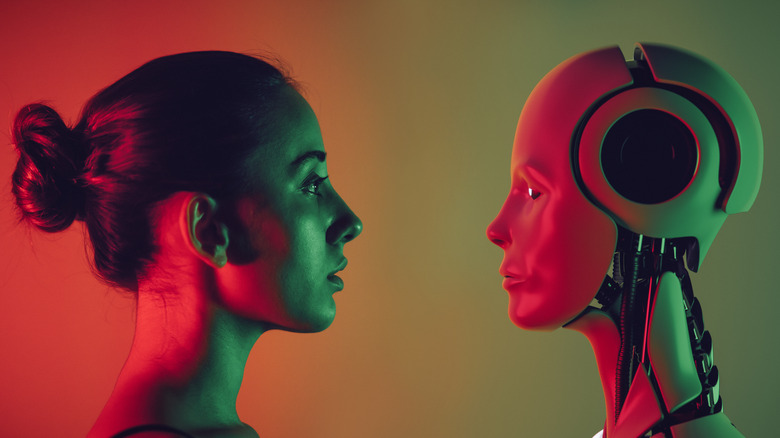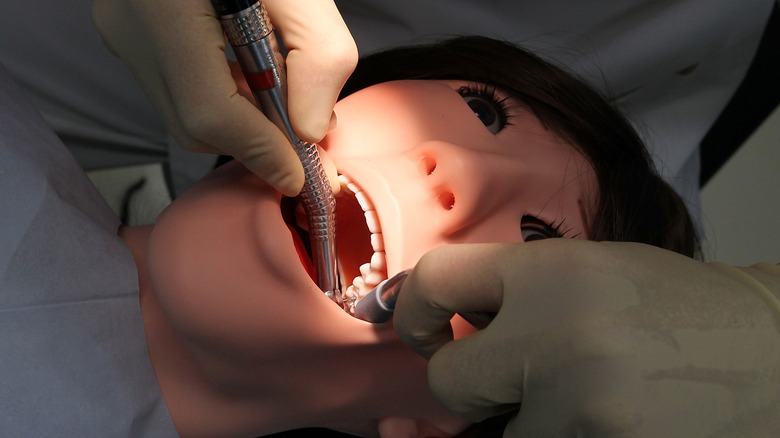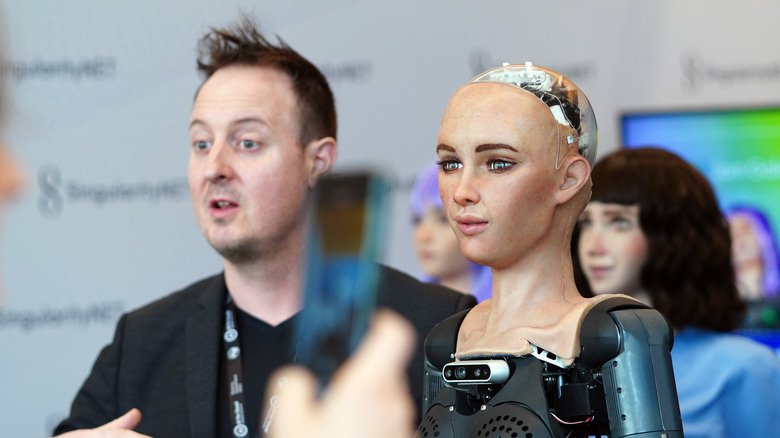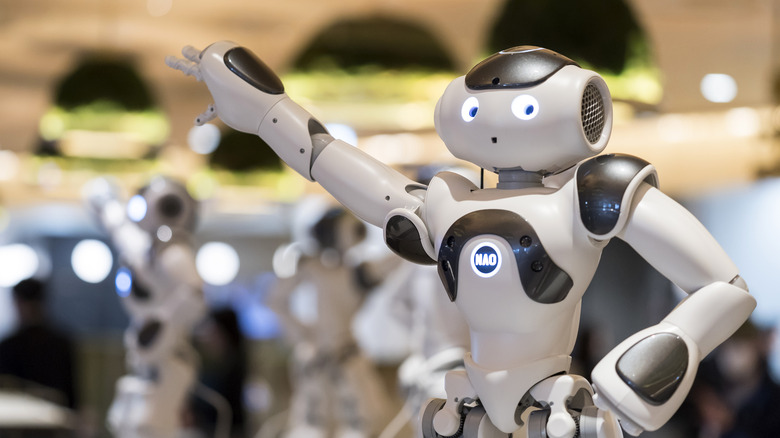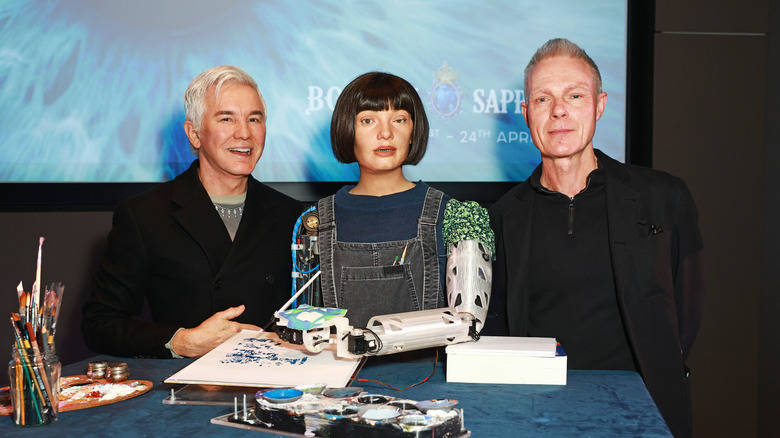The Science Behind Uncanny Valley: What Makes Robots Seem So Eerie?
On the surface, creating humanoid robots makes a lot of sense. After all, we look at ourselves so much that interacting with something that has a similar appearance should be easier to accept into our lives. However, years of development in the humanoid robotics space have taught us otherwise. With its own form of evolutionary intelligence, the human mind can't be fooled so easily. Hidden in the tiny details of our interactions with another is the secret sauce of what it means to be human, a sort of recognition that we are interacting with another person.
Whether it's thoughtful pauses, just the right amount of eye contact, or a reasonable quantity of blinking per minute, these little nuances create the space wherein human intimacy and connection can happen. Or, it can signal that something isn't quite right and that you should be wary of whoever (or whatever) is in front of you. For many of us, this inexplicably unnerving experience isn't just instinctive but also instantaneous.
These days, the race to create humanoid robotics is still underway, with some examples ranging from slightly uncomfortable to even downright terrifying. Referred to as "uncanny valley," this hypothesis states that things that look like us (but aren't) can trigger a very primal feeling of discomfort and fear.
What is uncanny valley?
Coined in the 1970s by Tokyo Institute of Technology professor Masahiro Mori, the term "uncanny valley" was first published in a Japanese journal called Energy. In his essay, Mori hypothesized that a person's response to humanlike robots would quickly shift from empathy to revulsion. With this, the uncanny valley is described as the recognition of a robot's failure to remain lifelike, leading to an eventual descent into eeriness.
To elaborate on this, Mori proposed a relation between the human likeness of an entity and the perceiver's affinity for it. Affinity is often referred to as an instinctive or spontaneous feeling of liking or sympathy for someone or something. At first, Mori describes machines without faces that are used to do functional tasks whom we have little affinity for. Afterward, he begins to describe an increased affinity towards objects such as dolls or toy robots, which each have a face, two arms, two legs, and a torso.
Then, something interesting happens. Mori mentions a sharp decline in affinity for things that look like us but contain some "uncanny" qualities. For example, Mori states that the advancements in human prosthetics have made some prosthetic limbs appear realistic with wrinkles, veins, fingernails, and so on. While these prosthetics increasingly resemble the human form, people tend to experience an eerie sensation when it is revealed to be unnatural. In terms of a graph, this dip towards a negative affinity is what forms the "valley."
What causes uncanny valley?
Decades later, the term uncanny valley isn't just used to refer to robots but also to computer animations, AI-generated imagery, and descriptions of supernatural beings. But what causes it, and is there a way to avoid it to create better experiences with humanoid robots?
According to Thalia Wheatley, a Dartmouth College psychologist, "Evolutionary history has tuned us to detect minor distortions that indicate disease, mental or physical problem" (via Scientific American). For this reason, it's unsurprising that humans have a predisposition to be wary of humanlike beings that move unpredictably. In ancient times, this instinct would have protected our ancestors from contracting deadly diseases or being hurt by another human.
In 2019, Fabian Grabenhorst, a researcher in cognitive psychology, along with a team of neuroscientists, also shared their observations on why we experience uncanny valley from a neurological standpoint. In the study, Grabenhors and his associates claim that parts of the brain, which are responsible for determining whether something is human or not, lead people to react more positively to real humans.
In fact, a 2009 Princeton study also claims that the experience of the uncanny valley isn't just unique to humans. In the study, researchers discovered that monkeys also showed signs of discomfort (and even fear) when confronted by too close-to-real images. Knowing this further supports the theory that the primal distrust we feel when confronted with "imposters" is deep-rooted in our evolutionary biology.
Avoiding uncanny valley in humanoid robotics
To avoid experiencing the uncanny valley, many robot manufacturers have committed to swinging the other way. For example, despite Boston Dynamics' Atlas being able to do parkour, its team has decidedly not included a face to its impressive list of features yet. In addition, with studies claiming that cute robots could lead to better mental health in the workplace, it's no wonder why some of the most beloved robots, like Honda's Asimo and Softbank's NAO, were designed with cartoonish proportions in mind. Some robotics manufacturers like Sony are even doubling up on creating robots in the form of animals, such as its robot companion dog, Aibo.
In 2012, Wheatley claimed that their lab's research on the natural sensitivity to what does or does not appear human was also affected by external factors, such as familiarity and ethnicity. With this additional information, the research brings up the question of whether or not the experience of an uncanny valley can be tempered with time and exposure. Although there is no conclusive study that supports this theory yet, we may have a chance to test it for ourselves in the years to come.
The future of humanoid robotics
In recent times, humanoid robots, like Ai-Da, Sophia, Vyommitra, and Ameca, have been pushing the boundaries of human discomfort due to uncanny valley. With time, humanoid robots are likely going to become a ubiquitous part of our everyday lives, both professionally and domestically. Knowing this, the next generation of humans may be less inclined to feel the effects of the uncanny valley simply due to early and frequent exposure.
With some humanoid robots already working in department stores and hotels, we're also beginning to see that even humanoid robots can fall victim to the beauty standards, gender norms, and biases of our time. Similar to the predominance of female voices in smart home assistant technology, it's unsurprising that many service-oriented humanoid robots currently in the market are almost always female-presenting.
With humanoid robots increasingly becoming integrated with artificial intelligence, they also run the risk of replicating the worst of human tendencies, such as sexism and racism. While the debate around AI is becoming more complicated each year, it becomes even more compelling knowing that humanoid robots can physically act out their programming. Only time will tell if our human instinct to be wary of robots with human likeness was right to begin with.
